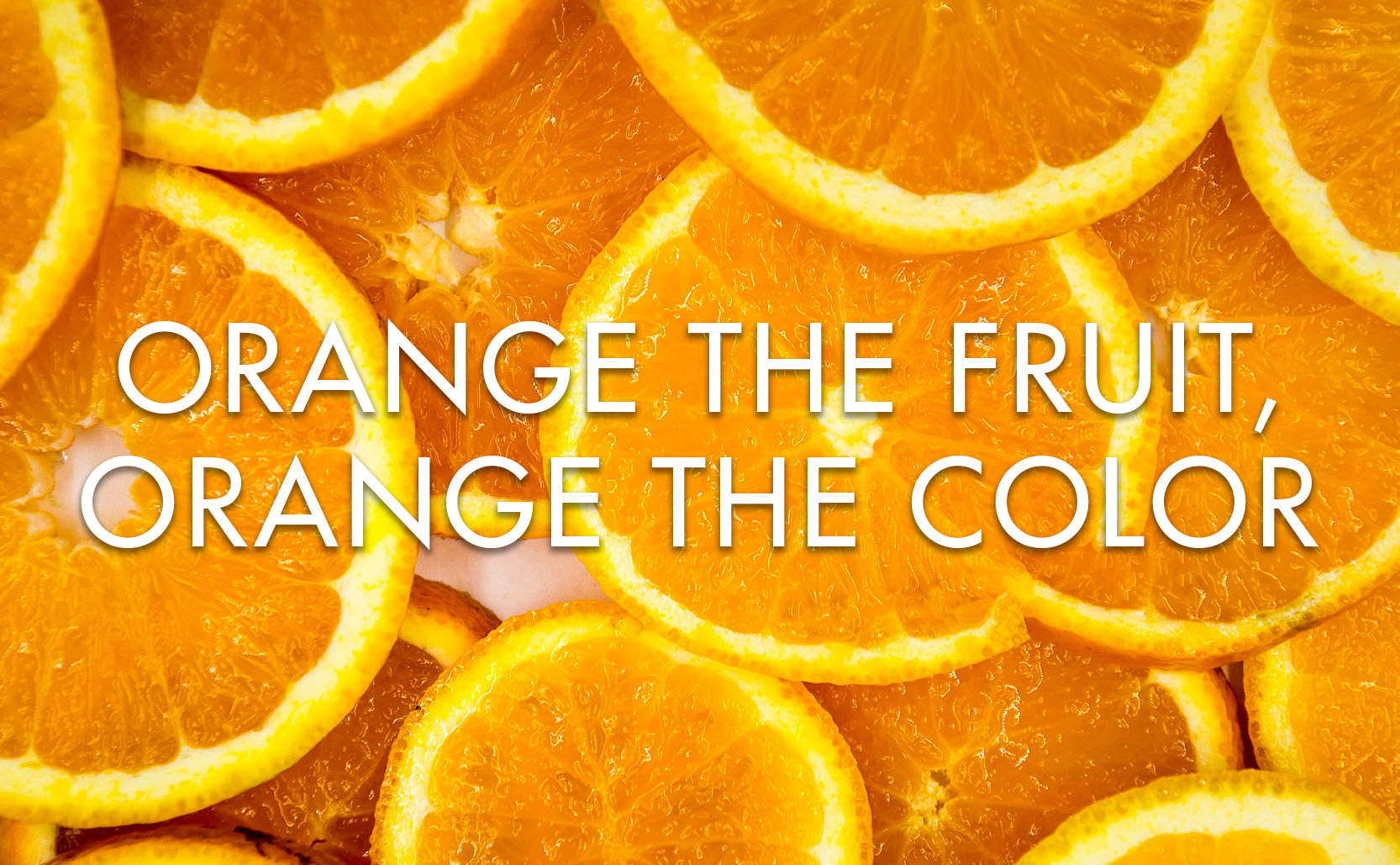The Chuck Yeager pilot voice
Airline pilots tend to talk the same because they’re all emulating Chuck Yeager.
In Tom Wolfe’s 1979 book The Right Stuff, he credits the calm … folksy … drawn out, matter-of-fact way that airline pilots tend to speak, to the world famous decorated American pilot Chuck Yeager.
Yeager grew up in West Virginia and entered the military in 1941. During WWII he went from being a mechanic to a decorated fighter pilot in just a few years. It was after the war however that he achieved the feat that made him a legend. On October 14, 1947 as a test pilot he flew the experimental plane Bell X-1 at Mach 1 and became the first human to break the sound barrier, the first to fly faster than the speed of sound. Also worth noting, he broke the sound barrier while flying with two broken ribs from a horse riding accident just a few days prior (which he “forgot” to report to his superiors).
It was because of his exploits as a pilot, and his generally cool demeanor, that led other pilots to want to be like him. His relatively neutral American accent and his vocal mannerisms soon became emulated by other military pilots. Then other pilots copied those pilots, military pilots become civilian commercial pilots, and so on.




